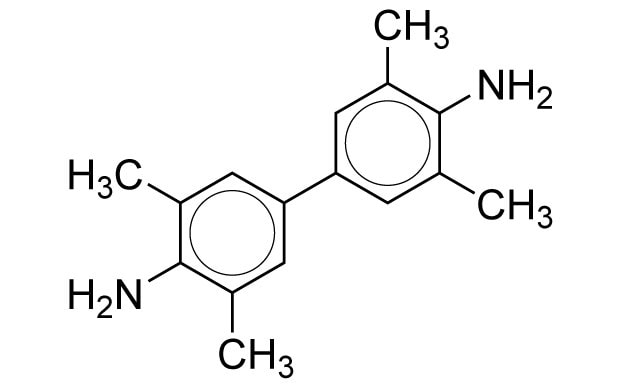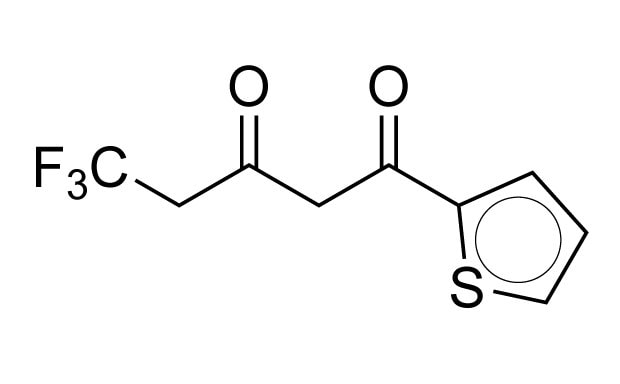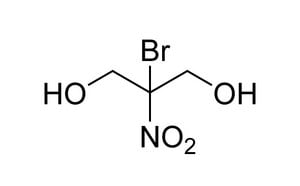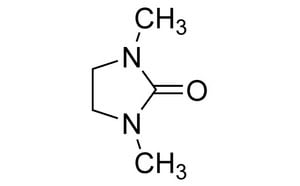Chemical Building Blocks
Imagine streamlining your procurement by accessing products from multiple suppliers on a single platform. Explore our extensive range of building blocks, featuring our own portfolio alongside trusted partners, on our website.
- Only validated, in-stock products are offered, ensuring the shortest delivery times with direct shipment from the supplier
- Enjoy the convenience of a single supplier with consolidated payment terms and invoices for your entire order.
- We act as the Importer of Record (IOR), all customs and import requirements are taken care of for a seamless purchasing experience.
Find the exact molecule you need in the top search bar by:
- Chemical Name
- CAS Number
- Structure Search
Explore our comprehensive collection of chemical building blocks, expertly tailored to meet your diverse needs in chemical synthesis.

Organic Building Blocks
Find the basic components needed to drive your research forward in our portfolio of organic building blocks which include Alkanes, Alkenes, Alkynes, Allenes, Arenes, Arsenic Compounds, Baran Functionalized Building Blocks, Baran Hindered Amines, Building Blocks and Chiral Small Molecules from Liverpool ChiroChem, Building Blocks for SuFEx: The Next Click Reaction, Carbenium Salts, and Carbonyl Compounds.
Fluorinated Building Blocks
With a vast offering of fluorinated building blocks, such as, trifluoromethyl, difluoromethyl, triflate, and pentafluorosulfanyl substituents for your toolkit, we make it even easier to discover your target compounds.

Explore More Categories
Halogenated heterocycles are used in a vast array of synthetic protocols, including lithiation and palladium catalyzed cross-coupling methodologies.
Our comprehensive portfolio of heterocyclic building blocks is one of the largest and most diverse families of molecular fragments used in organic synthesis.
Products
To continue reading please sign in or create an account.
Don't Have An Account?
